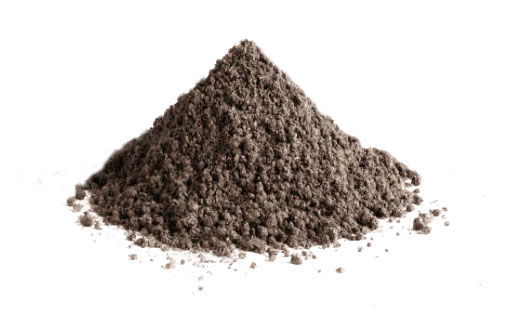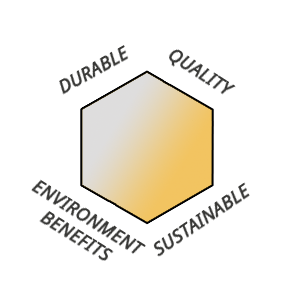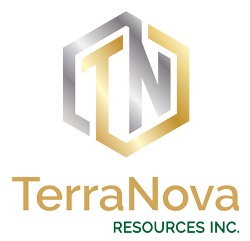Fly ash, a by-product of coal combustion, plays a crucial role in making concrete more sustainable and cost-effective. Annually, over 20 million metric tons (22 million tons) of fly ash are utilized in various engineering applications. This includes its common use as a pozzolan in portland cement concrete (PPC) applications, where it enhances durability by forming cementitious compounds. Beyond improving concrete quality, the utilization of fly ash offers significant environmental advantages. It reduces energy consumption and greenhouse gas emissions when used as a substitute for traditional cement, minimizes the need for landfill disposal of coal combustion products, and helps conserve natural resources.
Fly ash has been used in concrete for over 50 years, and its use continues to increase due to its numerous benefits. Not only does it improve the strength and durability of concrete, but it also reduces the need for raw materials such as clinker, which is a major contributor to carbon emissions in cement production.

In addition to these benefits, the use of fly ash has also been shown to significantly reduce water demand in concrete mixtures. This leads to less water usage during construction and can even improve the workability of concrete, making it easier for contractors to handle on-site. Moreover, fly ash helps mitigate the risk of alkali-silica reaction (ASR), a chemical reaction that can occur between certain aggregates and high-alkaline cement, leading to cracking and deterioration of concrete over time. The use of fly ash as a partial replacement for cement helps to reduce the overall alkalinity of the concrete, minimizing the potential for ASR.
Apart from its use in PPC applications, fly ash has also been successfully used in various other concrete types, such as roller-compacted concrete (RCC), high-performance concrete (HPC), and self-consolidating concrete (SCC). Its unique properties make it suitable for a wide range of applications, providing engineers and contractors with more versatile options for sustainable concrete solutions.
In conclusion, fly ash is a valuable by-product that not only improves the quality and durability of concrete but also offers significant environmental benefits.

Its use in various engineering applications has been proven to be effective and continues to play an essential role in creating more sustainable and cost-effective construction practices. With ongoing research and advancements in technology, it is expected that the utilization of fly ash will continue to increase in the years to come, making it an integral part of sustainable construction practices worldwide.

© 2024 TerraNova Resources Inc.
